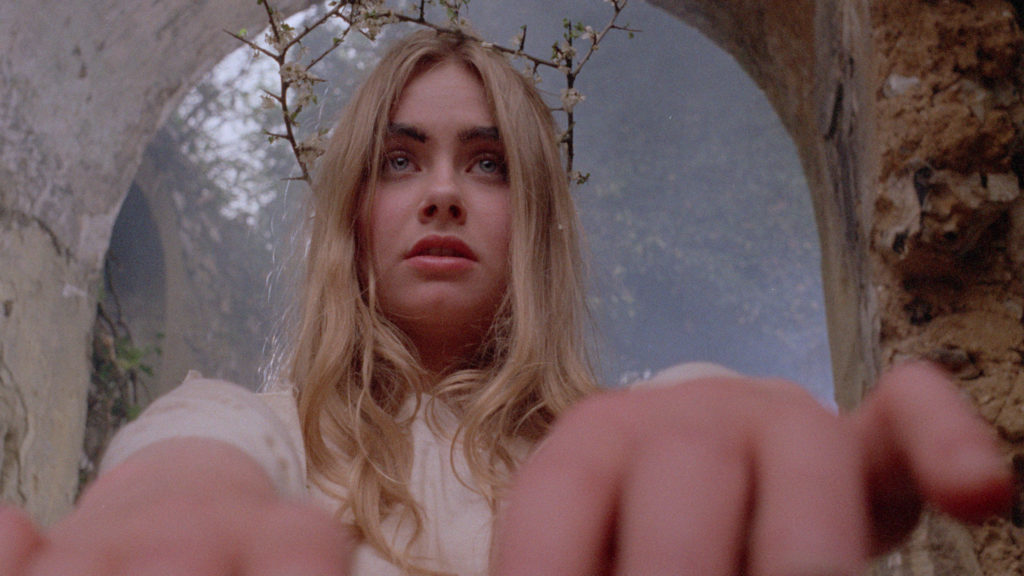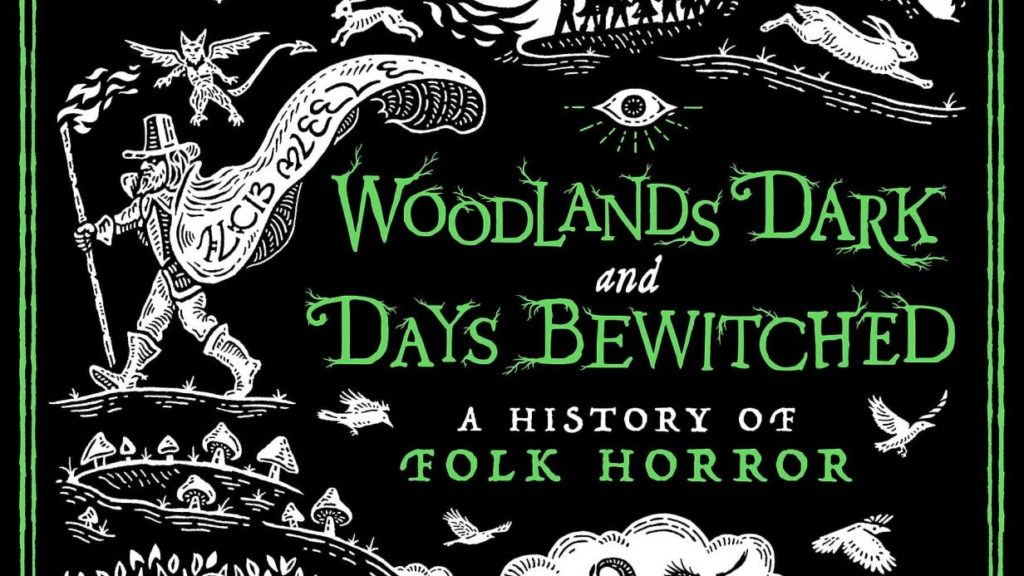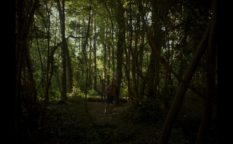Review: Woodlands Dark and Days Bewitched: A History of Folk Horror (2021)

Although it plays the card of the ancient fears, folk horror is a relatively new phenomenon, dating back only to the second half of the 20th century. At least, the term is related to the so-called Unholy Trinity of the British cult classics: Michael Reeves’ Witchfinder General (1968), Piers Haggard’s Blood on Satan’s Claw (1971) and Robin Hardy’s The Wicker Man (1973). But imagine folk horror as a relatively big tree, with deep and far-reaching roots and sumptuous treetop with a lot of branches.
The Canadian film writer, producer and festival programmer Kier-La Janisse tries to put her arms around everything connected to folk-horror in her very ambitious feature-length directorial debut Woodlands Dark and Days Bewitched: A History of Folk Horror that clocks over three hours and features a legion of film and literature scholars, journalists and filmmakers from all over the world. After its world premiere at this year’s SXSW, the international premiere took place at IFFR’s section Harbour.
The idea to create an encyclopaedia of folk horror in the form of a long feature film is actually a commendable one, and the execution of it in the hands of a walking encyclopaedia of the genre, which Janisse certainly is, is quite efficient in its simplicity: the action takes turns between the “talking head” interviews and elegant montages of the film material from hundreds of movies, and the editing handled by Winnie Cheung and Benjamin Shearn is simply perfect in the diversity of the techniques they use to a poetic effect. Aesthetically, the only thing that is a bit off are the paper collage animation sequences by Guy Maddin. They themselves are also fine, but they simply do not fit in with the rest of the material.
Another smart move was to divide the film into six relatively equal chapters, helping the filmmaker to divide her impressive lecture into different segments and deal with different things in them, and also enabling another channel of distribution – TV in the form of series. Regarding the content itself, a non-Anglosaxon person might notice that Janisse is predominantly dealing with the folk horror, its roots, meanings and manifestations in the Anglosaxon traditions, pretty much neglecting those from the rest of the world up until the second to last (and actually the longest) chapter of the film. In the end, she as a filmmaker and a lecturer is free to create her own concept and follow it through.
However, the only significant trouble with the film is its runtime of nearly 200 minutes that is hard to handle at one place (like movie theatre) and without the pause, especially if the viewer is actually interested in the topic and wants to absorb all the information, opinion and insight stated there. Taking notes for all that, in that tempo and for all that time would be almost impossible, which is more than a bummer because the film primarily speaks to the folklore, horror and folk horror enthusiasts. The solution for that was actually a simple one – to divide the whole thing into batches and chapters and serve it that way, but not as a feature-length documentary, but a series. In this way, it would be equally tense, crafty and informative, but it would also leave some breathing space.

Runtime: 194’
Country: USA
Languages: English, Portuguese
Directed by: Kier-La Janisse
Written by: Kier-La Janisse
Cinematography by: Sarah Appleton, Jacqueline Castel, Michael Felsher, Jarret Gahan, Laird Jimenez, Jim Kunz, Iain Marcks, Keith Pendred, Elle Schneider, Jonathan Zaurin
Editing by: Winnie Cheung, Benjamin Shearn
Music by: Jim Williams
Sound by: Mark Raskin
Animation by: Guy Maddin, Doreen Girard
Colourist: Steve Peer
Produced by: Winnie Cheung, Kier-La Janisse
Executive producers: Carl Daft, David Gregory
Production company: Severin Films
Distribution by: Severin Films
















